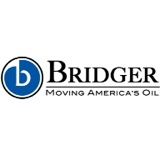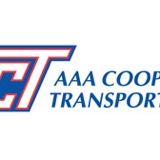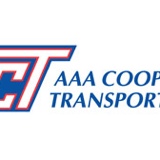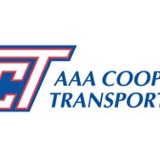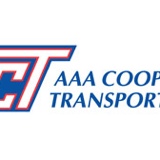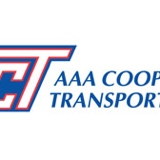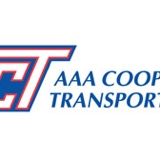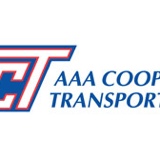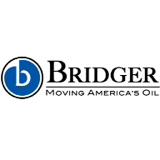Information
-
-
Record of Road Test
-
Drivers Name
-
Drivers license number
-
Client / Site
-
Conducted on
PART 1 - PRE-TRIP INSPECTION AND EMERGENCY EQUIPMENT
-
For those items that apply, checkmark (√) if driver's performance is satisfactory, mark with an X if driver's performance is unsatisfactory. Explain unsatisfactory items under Remarks
-
Checks general condition approaching unit
-
Looks for leakage of coolants, fuel, lubricants
-
Checks under hood, oil, water, general condition of engine compartment, steering <br>
-
Checks around unit, tires, lights, trailer hookup,brake and light lines, body, doors, horn, windshield wipers <br>
-
Tests brake action, tractor protection valve, and parking (hand) brake <br>
-
Checks horn, windshield wipers, mirrors, emergency equipment; reflectors, flares, fuses, tire chains (if necessary), fire extinguisher <br>
-
Checks instruments for normal readings
-
Checks dashboard warning lights for proper functioning
-
Cleans windshield, windows, mirrors, lights, reflectors
-
Reviews and signs previous report (DVIR)
PART 2 - COUPLING AND UNCOUPLING
-
Lines up units
-
Connects glad hands to trailer to apply trailer brakes before coupling <br>
-
Connects glad hands and light line properly
-
Couples without difficulty
-
Raises landing gear fully after coupling
-
Visually checks king pin assembly to be certain of proper coupling <br>
-
Checks coupling by applying hand valve or tractor-protection valve (trailer air supply valve) and gently applying pressure by trying to pull away from trailer <br>
-
Assure that surface will support trailer before uncoupling <br>
PART 3 - PLACING VEHICLE IN MOTION AND USE OF CONTROLS
A. ENGINE
-
Understands gauges on instrument panel
-
Maintains proper engine speed (rpm) while driving
-
Does not abuse motor
-
Places transmission in neutral before starting engine
-
Starts engine without difficulty
-
Allows proper warm-up
B. CLUTCH AND TRANSMISSION
-
Times gearshifts properly
-
Shifts gears smoothly
-
Uses proper gear sequence
-
Starts loaded unit smoothly
-
Uses clutch properly
C. BRAKES
-
Knows proper use of tractor protection valve
-
Understands low air warning
-
Tests service brakes
-
Builds full air pressure before moving
D. STEERING
-
Controls steering wheel
-
Good driving posture and good grip on wheel
E. LIGHTS
-
Knows lighting regulations
-
Uses proper headlight beam
-
Dim lights when meeting or following other traffic
-
Adjusts speed to range of headlights
-
Proper use of auxiliary lights
PART 4 - BACKING AND PARKING
A. BACKING
-
Gets out and checks before backing
-
Looks back as well as uses mirror
-
Gets out and rechecks conditions on long back
-
Avoids backing from blind side
-
Signals when backing
-
Controls speed and direction properly while backing
B. PARKING (City)
-
Does not hit nearby vehicles or stationary objects
-
Parks proper distance from curb
-
Sets parking brake, puts in gear, chocks wheels, shuts off motor <br>
-
Checks traffic conditions and signals when pulling out from parked position <br>
-
Parks in legal and safe location
C. PARKING (Road)
-
Parks off pavement
-
Avoids parking on soft shoulder
-
Uses emergency warning signals when required
-
Secures unit properly
PART 5 - SLOWING AND STOPPING
-
Uses gears properly ascending
-
Gears down properly descending
-
Stops and restarts without rolling back
-
Tests brakes before descending grades
-
Uses brakes properly on grades
-
Uses mirrors to check traffic to rear
-
Signals following traffic
-
Avoids sudden stops
-
Stops smoothly without excessive fanning
-
Stops before crossing sidewalk when coming out of driveway or alley <br>
-
Stops clear of pedestrian crosswalks
PART 6 - OPERATING IN TRAFFIC PASSING AND TURNING
A. TURNING
-
Signals intention to turn well in advance
-
Gets into proper lane well in advance of turn
-
Checks traffic conditions and turns only when intersection is clear <br>
-
Restricts traffic from passing on right when preparing to complete right hand turn <br>
-
Completes turn promptly and safely and does not impede other traffic <br>
